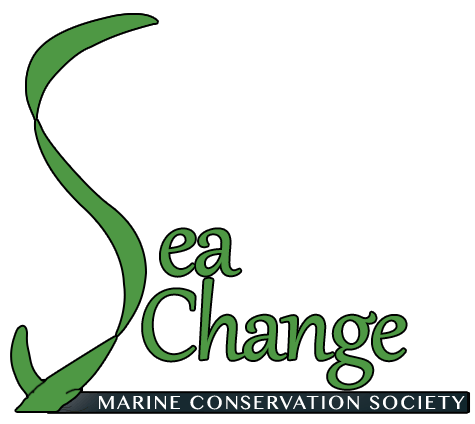PLACE OF THE BLUE GROUSE
SṈIDȻEȽ means “Place of the Blue Grouse” and is a place of Indigenous cultural renewal and ecological restoration. Pronounced ‘sneed-kwith’ in the SENĆOŦEN language, it has significant historical and sacred value for WSÁNEĆ (Saanich) peoples. It is also an extremely popular provincial park. A network of forest, meadow, wetland, riparian and marine ecosystems, the site provides a rich opportunity to educate the public about traditional WSÁNEĆ uses for a great diversity of plants. Recovering from decades of industrial use, it also creates opportunities for ecological restoration.

The Place of the Blue Grouse: Connecting Cultures to Place
Blue grouse is an indicator species for the W̱SÁNEĆ; their presence told the people that food resources were abundant in its chosen habitat. Ancient shell middens from the long W̱SÁNEĆ occupation of SṈIDȻEȽ can be found throughout the area, supporting the claim that the area was once an rich site for shellfish. The inlet was a perfect village site, offering a place of shelter from the cold winds of winter.
SṈIDȻEȽ History
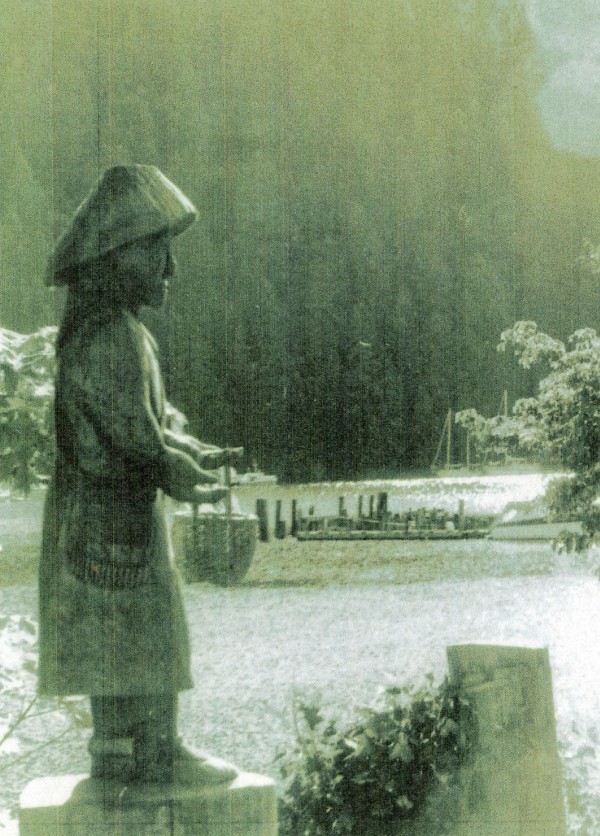
SṈIDȻEȽ is a very sacred place. The W̱SÁNEĆ connection to this place goes back to the very beginning of W̱SÁNEĆ history. The elder STOLȻEȽ (John Elliott, Tsartlip First Nation) tells the story of the very first W̱SÁNEĆ person named SLEMEW̱ (Rain) being placed here by XALS (the Creator). The W̱SÁNEĆ people lived at SṈIDĆEȽ for centuries until the 1600s, when a Haida raiding party came and burned the village here. Afterwards the survivors of this raid left to found the two villages currently known as W̱JOȽEȽP (Tsartlip) and SȾÁUTW̱ (Tsawout).
SṈIDȻEȽ means “Place of the Blue Grouse” in SENĆOŦEN, the language of the W̱SÁNEĆ people. The presence of blue grouse is an indicator of an area with abundant traditional food resources for the W̱SÁNEĆ people. Ancient shell middens from the W̱SÁNEĆ occupation can still be found throughout the area, as well as culturally modified trees that are hundreds of years old yet still thriving due to the sustainable nature of this harvesting practice.
Settler History
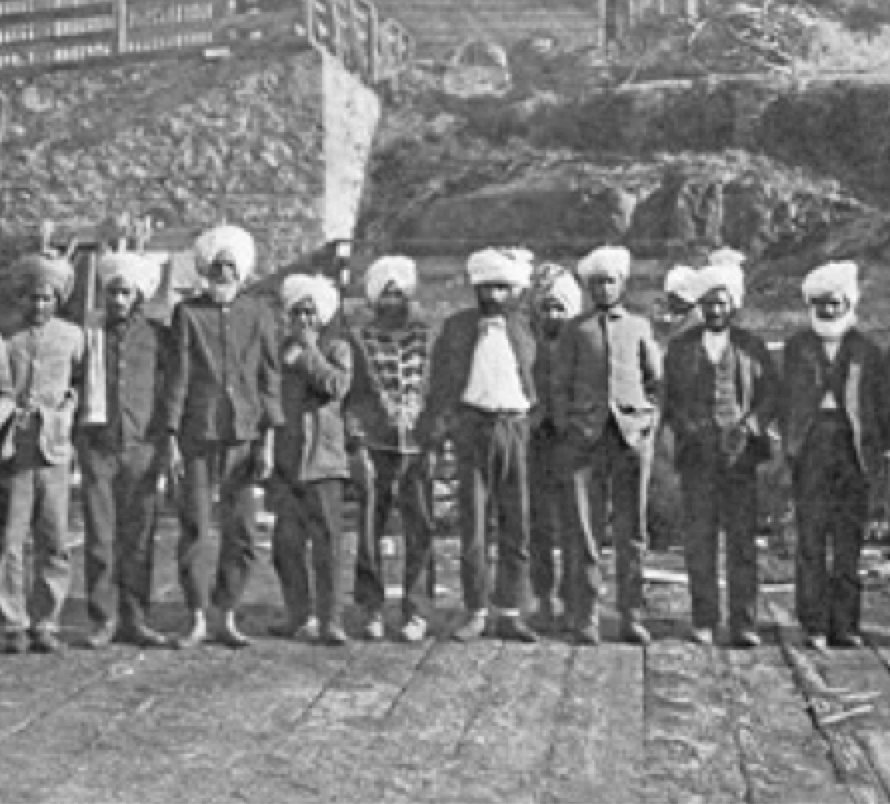
SṈIDȻEȽ was renamed Tod Inlet by European settlers for John Tod of the Hudson’s Bay Company in 1859. Settlers began moving in and commencing agricultural production in the broader region. From 1904-1913, the Vancouver Portland Cement Company operated a limestone quarry in SṈIDȻEȽ, which eventually led to the environmental degradation of the adjacent lands and seafloor of the inlet. The area around the cement quarry became home to the Chinese and Sikh men who worked there, and evidence of their lives is also present throughout the forests of SṈIDȻEȽ.
Settlers and their families dwelled in the residences built during the cement plant era right up until the 1950s. There are still people who come to visit the old cement foundations that were once the homes they lived in as children. Many of these houses were used by local firefighters as training practice once they began to fall apart. In the 1980s there was a proposal for the development of a large marina at SṈIDȻEȽ; this development was strongly opposed by local community groups and First Nations who eventually won their fight to protect these lands. Today SṈIDȻEȽ is surrounded by the lush forests of Gowlland-Tod Provincial Park, which was established in 1994 as a part of the Commonwealth Heritage Legacy Program.
“This was the first village site of the Wsanec peoples. It was a rich place, bountiful: it had everything here. It had fresh water, lots of food. In wintertime we could come and get crab, clams. Even in the worst storms we could come here because it was so protected.”
Whenever I’m down here working, I always feel grateful to be abel to help and restore this once beautiful place to the way it used to be, and hopefully have the blue grouse return here.”
—Earl Claxton Jr. Tsawout Elder
“We’re just a very small part of a renewal of this beautiful place called Tod Inlet: the Place of the Blue Grouse.”
— Nikki Wright, Executive Director, Seachange Society
Latest News & Blog
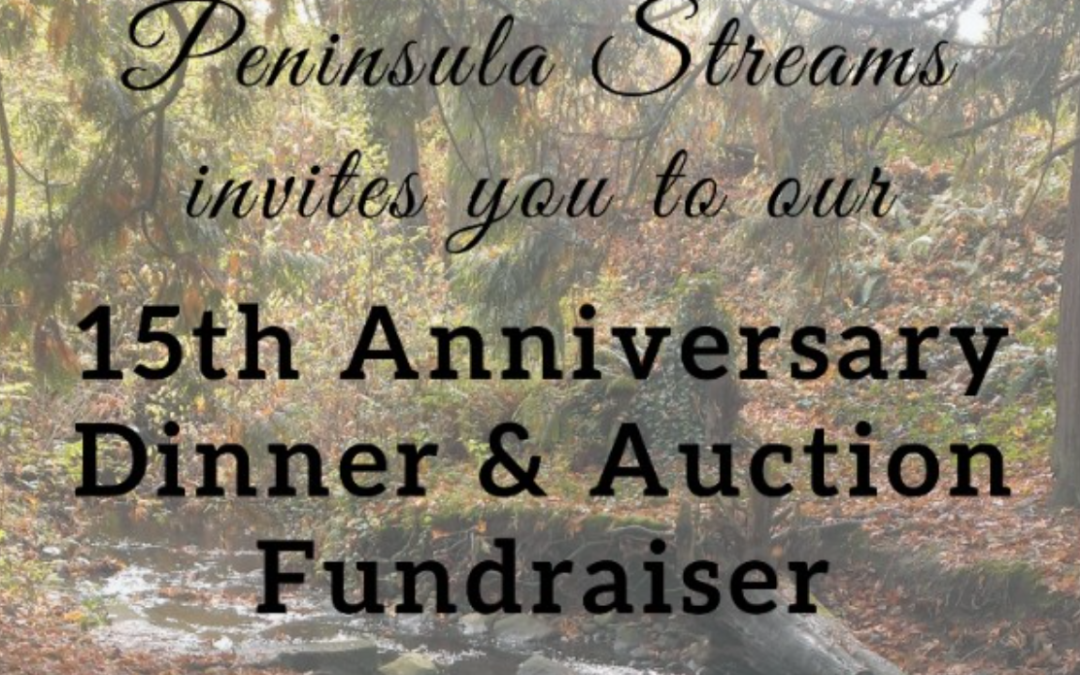
Tod Watershed Tour and Peninsula Streams Anniversary!
Tod Watershed Bus Tour - NEW DATE! Join Peninsula Streams Society (PSS) aboard the Community Action Bus as we tour Tod Creek Watershed! See the latest restoration projects and hear from the project managers. We plan to visit: Maltby Lake, Whitehead Park, Tod Creek...
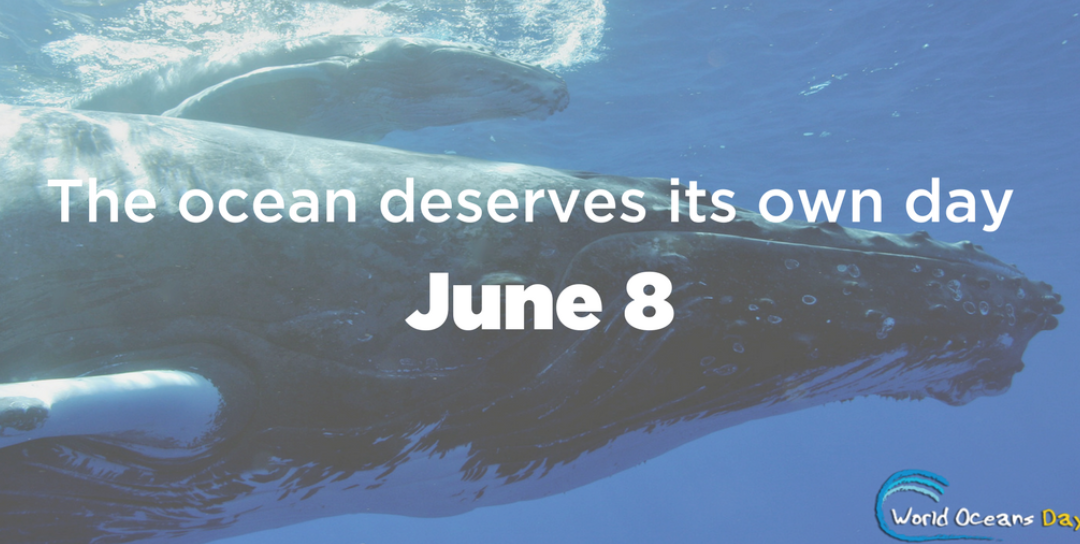
SeaChange Celebrates World Oceans Day
Our team member Alison Prentice has put together a stunning display for two World Oceans Day events in the Victoria area. Both events are family friendly and look like a lot of fun! Come and celebrate Oceans Day with us! June 11th Fisherman's Wharf (1 Dallas...
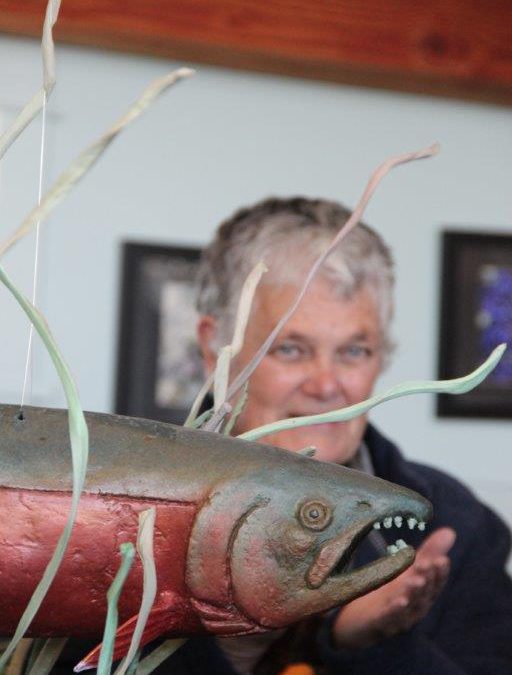
Presentation: Seagrass, Shellfish, and Salmonids
The Cowichan Water Board and Vancouver Island Speakers Series is hosting our very own Nikki Wright on Thursday, February 23rd in Duncan. Nikki will talk about the sometimes mysterious world below the tides and in our estuaries and how they play a critical role for healthy salmon, shellfish and more!
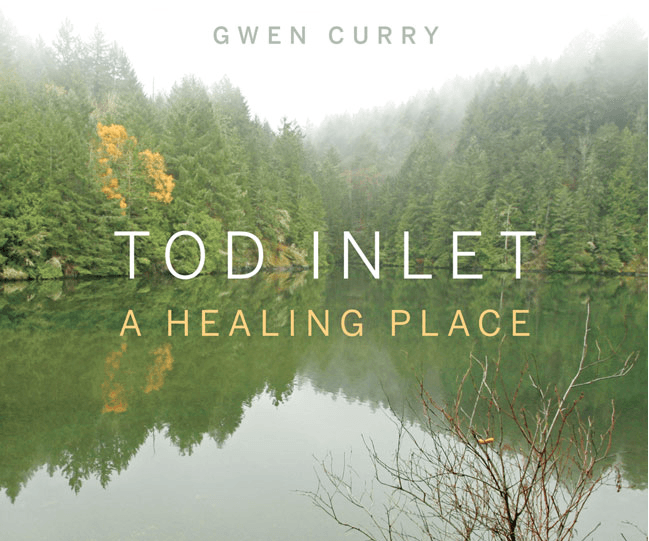
Gwen Curry to Talk about Tod Inlet
SeaChange has invited Gwen to talk about her book, Tod Inlet, A Healing Place at Brentwood Bay Village Empourium Cafe on January 14, 7-9 pm. Gwen has written a book that chronicles the last century of industrial activity and the timelessness of SṈIDȻEȽ (sngeet kwith)...
